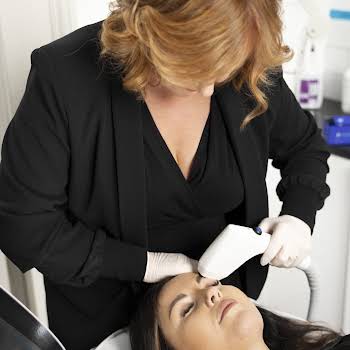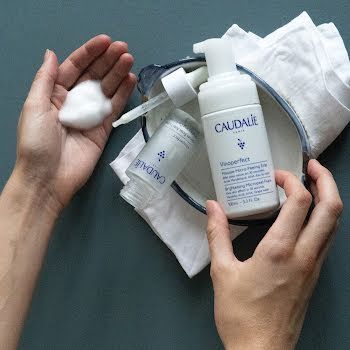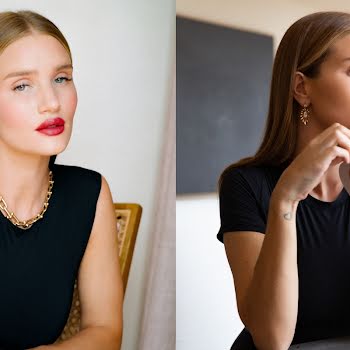
By Rosie McMeel
15th Aug 2019
15th Aug 2019
With limited scarring and zero downtime, discreet aesthetic procedures are proving increasingly popular. In the September issue of IMAGE (on shelves now), Rosaleen McMeel examines the tweakments everyone’s talking about. Here is one of five we will feature over the coming weeks.
Spending your lunch hour getting “lunch” is so very last year. Those in the know are pre-packing their Tupperware or forgoing their midday meal altogether in favour of a minor skin adjustment with maximum results.
I’m exaggerating, of course, but only a little. Whether you’re for or against invasive aesthetic transformations, it’s a booming industry, with new technologies advancing treatments all the time.
In fact, 2019 looks set to see the demand for cosmetic procedures further increase, with the trend for truly natural-looking results coming to the fore.
Related: This tweakment targets chin fat
This September sees Ireland host its first clinical and aesthetics show, run by former IMAGE beauty editor Liz Dwyer and her sister Nikki. Together, they hope to capitalise on the population’s growing curiosity with clinical treatments and to educate potential customers on the appeal and the pitfalls before taking their concept global.
I caught up with Liz to dissect some of the most common treatments requested this year.
Here’s her lowdown on one of the most in-demand treatments of 2019…
The problem
Imbalanced nose
The treatment
Non-surgical nasal refinement
What it claims
This minimally invasive treatment is designed to improve the shape and overall appearance of the nose via a customised combination of injectable dermal fillers. Sometimes referred to as non-surgical rhinoplasty or a non-surgical nose job, this is a short-term option for those with particular aesthetic nasal concerns without incisions, surgery, and/or extended downtime.
How it works
Injectable hyaluronic acid fillers are the most commonly used (though the specific injectable(s) employed will be determined on a case-by-case basis) for nasal refinement or rebalancing.
The area is numbed with local and/or topical anaesthesia and then the practitioner will insert the filler into various injection sites along the nose. The treatment usually takes about 30 minutes to complete; minor bruising and swelling may occur, but most patients are able to resume their normal daily routines straightaway. Results last between nine to 24 months.
The expert
Dr Jane Mulrooney, a cosmetic doctor, believes this is a great alternative for individuals who wish to avoid surgery, but want to subtly address particular aesthetic nasal concerns, such as smoothing lumps or bumps, elevating the tip, or correction of minor defects. “We would typically use only the lightest type of hyaluronic acid filler here and build up the volume to achieve the desired shape.
For such a non-invasive procedure, the results can be incredible and give the face a more balanced appearance that looks very natural.
Typically, we need to use a lot more filler for this procedure than you would in the rest of the face, and the nose is also the riskiest area of the face to inject – there’s a high risk of vessel occlusion (blood clots) and necrosis (tissue damage), so a highly experienced injector is imperative,” warns Dr Mulrooney, who also advises that liquid rhinoplasty cannot reduce the size of the nose or resolve breathing issues.
Available at
The Dr Mulrooney Clinic, Dublin 4, from €400, drmulrooney.com.
To read more about tweakments available in Ireland and Future Beauty, pick up the September issue of IMAGE Magazine. On newsstands now.
























